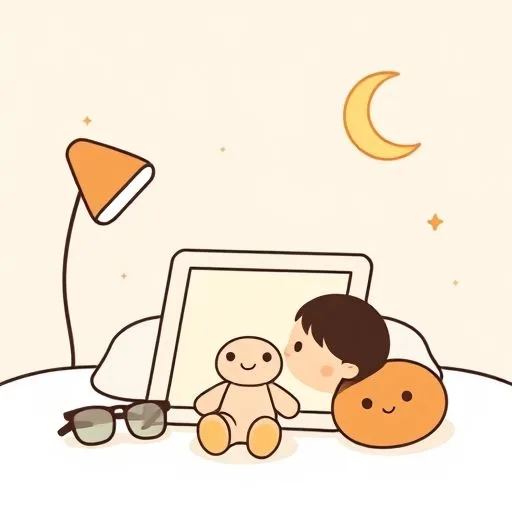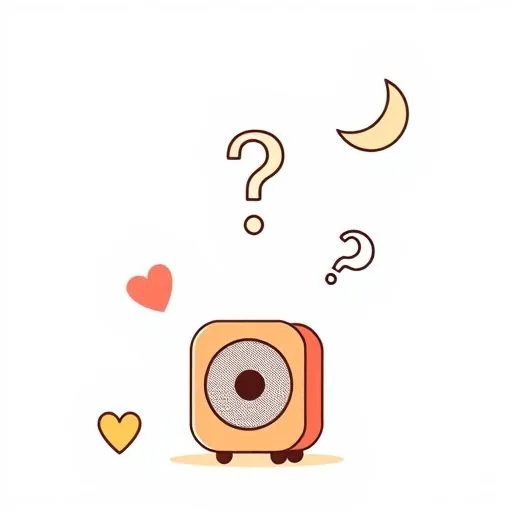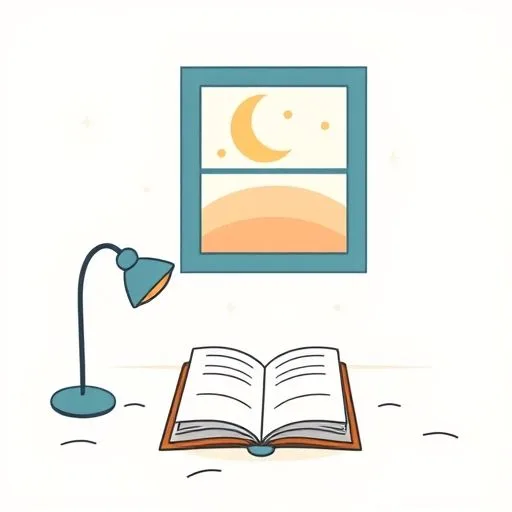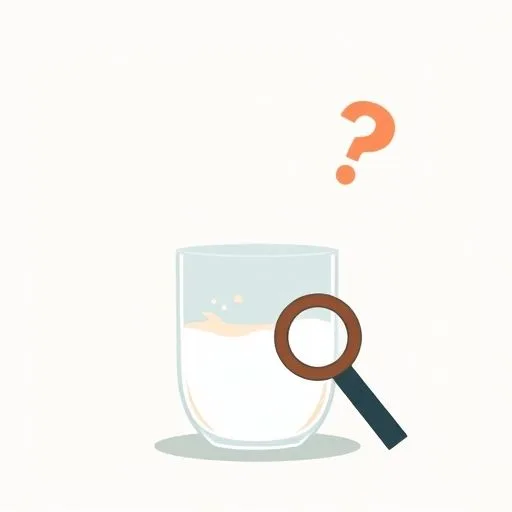
You know that moment when the house is finally quiet—the kids are dreaming, their tablets blink dark, and we’re left staring at our own screens? We’ve scrolled through the same articles: ‘AI will change everything!’ ‘Your child’s future depends on coding skills!’ But here’s the truth—that moment when your eyes caught mine, when you whispered, ‘Will they still know how to feel?’, we weren’t talking about the next tech trend. It was about the faint hum of worry beneath the headlines. We’ve walked this path together, haven’t we? Watching her guide the kids not just to use technology, but to question it—the way she’ll pause a YouTube video mid-sentence and ask, ‘Do you think that voice really knows what it’s talking about?’
The Hidden Lesson in the Echo

We’ve watched them—those tiny humans, our kids—asking Siri about the moon’s phases with the same wonder they’d ask a grandparent. But in that quiet moment after dinner, when you’re gathering the dishes, I’ve seen her kneel down to eye level.
‘Alexa’s smart, but she doesn’t feel sad when the sky is cloudy,’ she murmurs. ‘That’s something only we can do.’ It’s not a lecture, but a seed planted—that tech isn’t truth, just a tool.
We’re showing them how to listen for what the algorithms don’t say, to ask, ‘Where does this machine keep its brain?’ In a world that’s racing to automate, we choose the slow work of nurturing curiosity. Like when she laughs at the ‘smart’ toaster and says, ‘But can it fix a leaky sink?’—showing that human ingenuity is still the real marvel.
We’re not denying technology, but teaching them to hold its hand—and sometimes let go.
The Ethics of a Bedtime Routine

After the bedtime stories, when shadows dance across their walls, we’ve talked about the Instagram filters. ‘How do you feel when you see a face that’s not real?’ she’ll ask. Her questions are small, but heavy—like stones in the river of the digital world. She’s teaching them to feel the currents.
We’re not afraid of AI—we’re afraid of the quiet, the way we could lose ourselves in the noise of it. So we’ve built this daily ritual: once a week, no screens. Just the messy, glorious chaos of blocks and forts and whispered conversations where the only answers are human.
We’re not just teaching them to question AI—we’re teaching them to be the answer.
The Future That’s Already Here

Somewhere, someone’s coding a future where AI tutors children. But here’s the thing we’ve learned—it’s already happening. Not in the labs, but in our kitchen. When she spills a glass of milk, and instead of frustration, asks, ‘What do you think we could learn from this mess?’ She’s building their neural pathways—the ones that will read the world with empathy and skepticism.
We’re not raising children to be machines, but to be the gardeners of the machines. We talk about the spam emails, the phishing attempts—the way both AI and humans can bend the truth. We’ve watched them learn to question: ‘What’s the proof? What’s the motive?’ and seen the way her eyes light up—the pride of a parent watching them build their own digital defenses.
The Unseen Strength of the Shepherd

Have you ever noticed how she navigates the digital playground? Like a shepherd, watching for wolves. But it’s not just safety—it’s the way she teaches them to be shepherds. That moment when our son’s friend showed him a fake news story—and she didn’t just click ‘report,’ she sat with them both. ‘Let’s be detectives—where do we think this is wrong?’ she said, guiding them through the labyrinth of doubt and trust.
We’ve learned to embrace the quiet grey areas—to teach them that not everything has a clear answer. Like when she pulled up the AI-generated art and said, ‘It’s beautiful—but what’s missing?’, and we all sat in silence, listening to the absence of human struggle.
Our children are inheriting the world, but this—the way we pause, and question, and connect—this is our legacy of hope.
